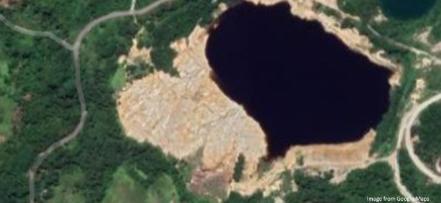Philippine mining at the national to catchment scale - from legacy impacts to sustainable futures
Published: 17 May 2021
Our vision is to establish a fast-responding, interdisciplinary network of researchers, practitioners and policy makers to develop a strategic large grant proposal focused on legacy mining and the fate, transport and impact of contaminants.

The Philippines is metallic/non-metallic resource rich; exports were USD4.4billion in 2019, primarily copper, aluminium, and nickel. Only 8% of 9 million hectares of land with high mineral potential is covered by mining tenements; mining in the Philippines is thus expected to grow in the future. River catchments are the most significantly affected by mining activities: siltation problems are common along rivers draining mining areas, and rivers also act as conduits for sediment and contaminants during tailings dam failures. Mining impacts can persist well beyond operational lifetimes, seen at legacy sites that remain hazardous to the environment and adjacent communities. Our vision is to establish a fast-responding, interdisciplinary network of researchers, practitioners and policy makers to develop a strategic large grant proposal focused on legacy mining and the fate, transport and impact of contaminants.
Building on existing UK-Philippines collaborative research, this project aims to develop a proposal to realise a combined geomorphological and biogeochemical based approach, at national- to catchment-scales, to enable catchment management practitioners to remediate legacy metal mining impacts, and protect ecosystems and humans from the potentially negative effects of metal mine contaminants arising from current and future mining activities. At this stage, the strategic large grant proposal will focus upon the following key research questions:
(1) What are the environmental impacts (contamination, deforestation, erosion, sedimentation, ecosystem, human perception) of legacy and contemporary mining activities in Philippine river catchments?
(2) What environmentally- and socially-acceptable approaches can be adopted to remediate, rehabilitate and manage catchments affected by legacy mining?
(3) How can we optimise catchment-scale numerical modelling to take into account new mines and climate change?
(4) How can Philippine catchment management plans be developed with community participation and integrated with sustainable mining practice to ensure that river systems maintain good environmental and ecosystem status now and in the future?
First published: 17 May 2021
UofG - School of Geographical & Earth Sciences
UofG - School of Social & Environmental Sustainability
Partner Organisations

